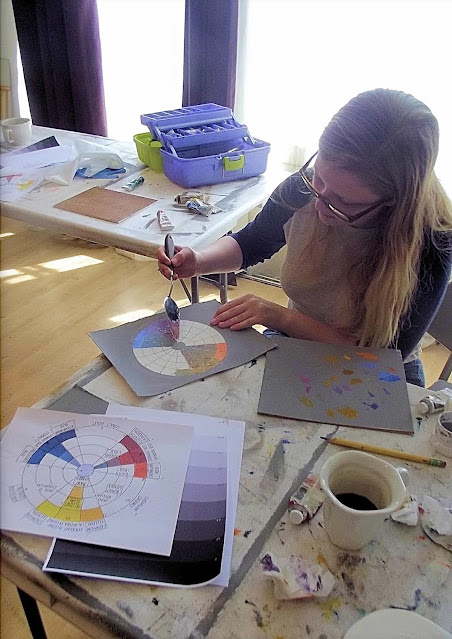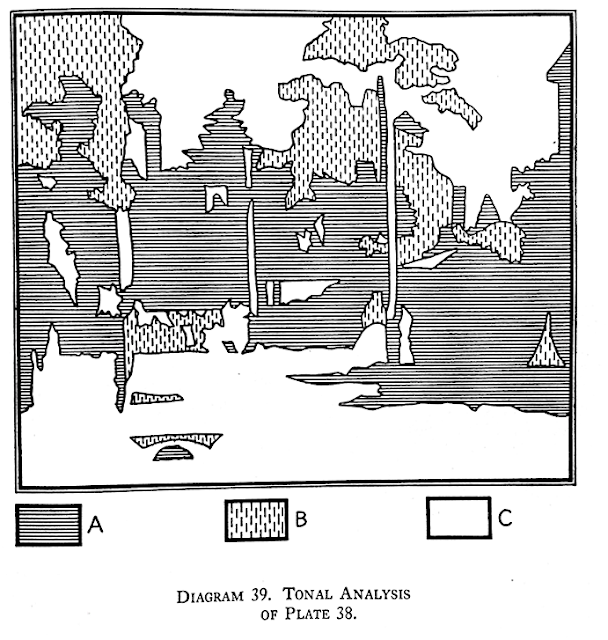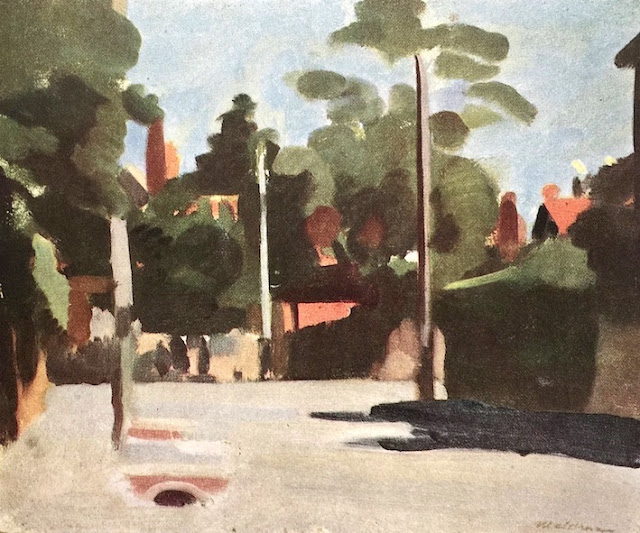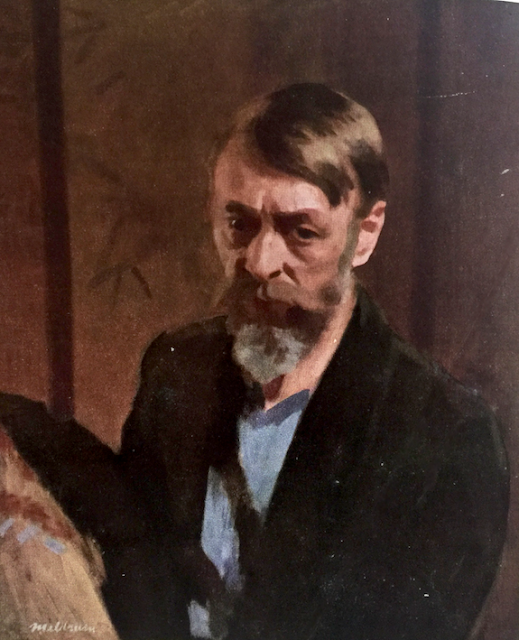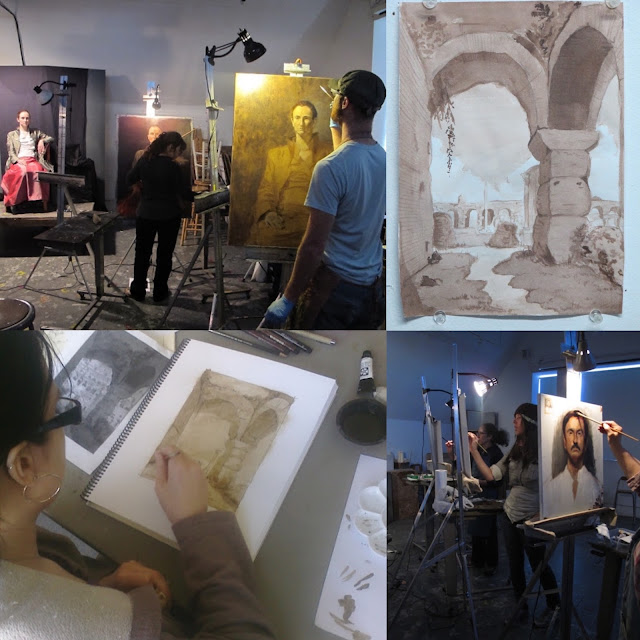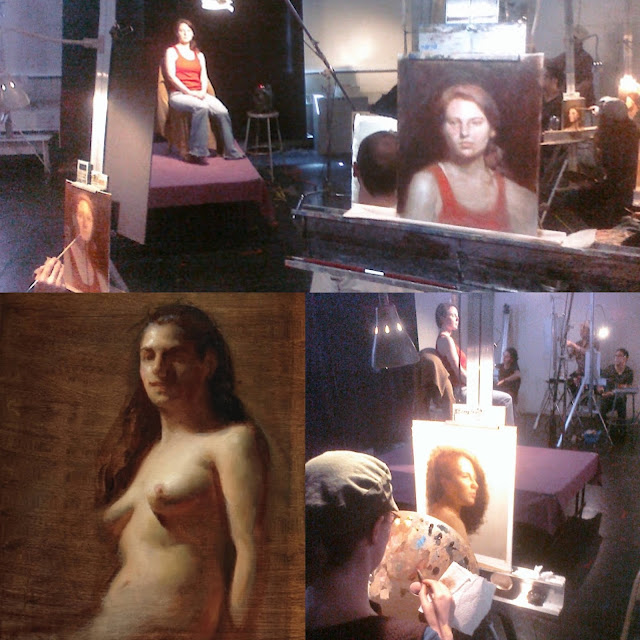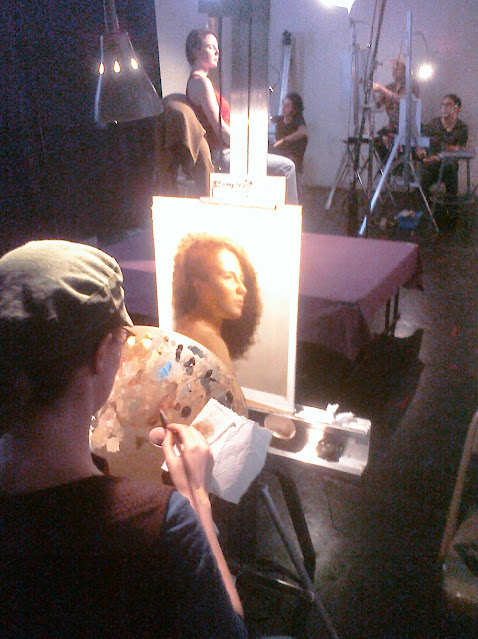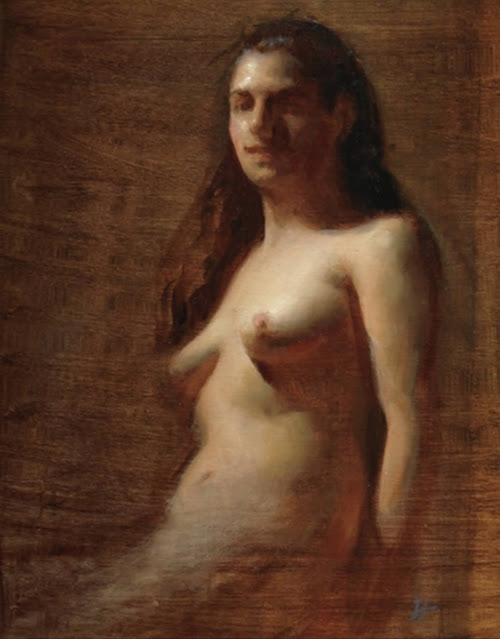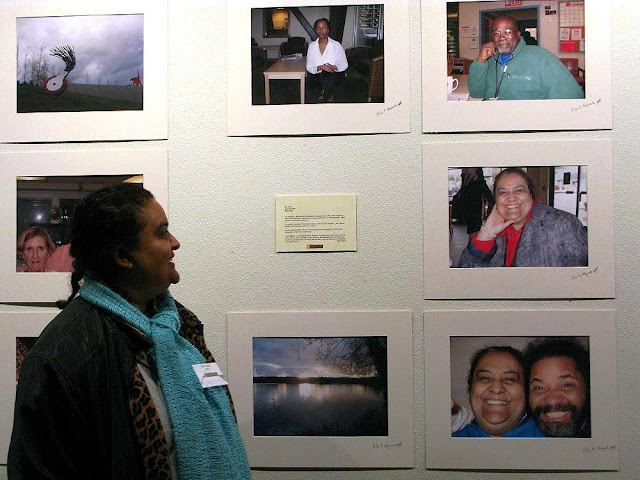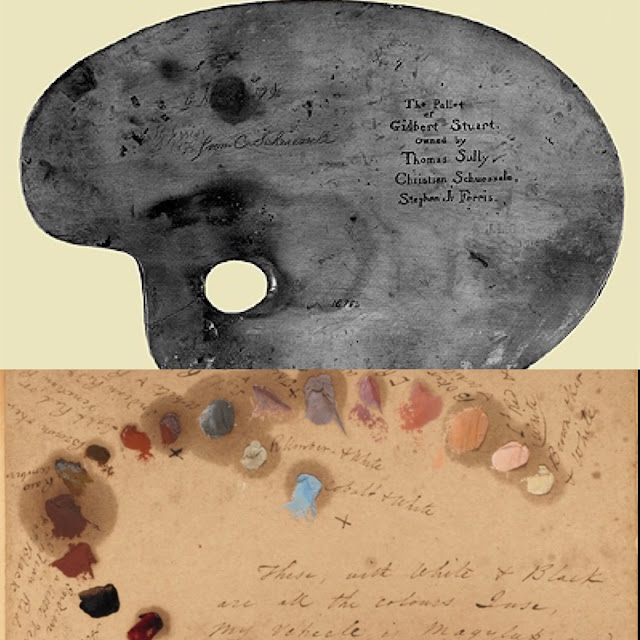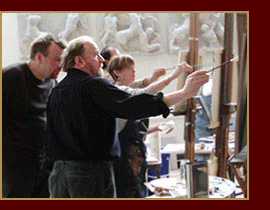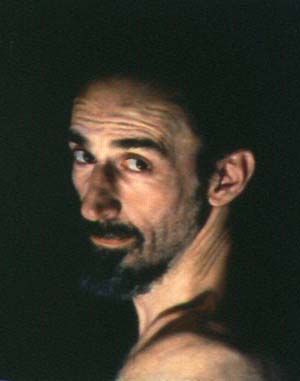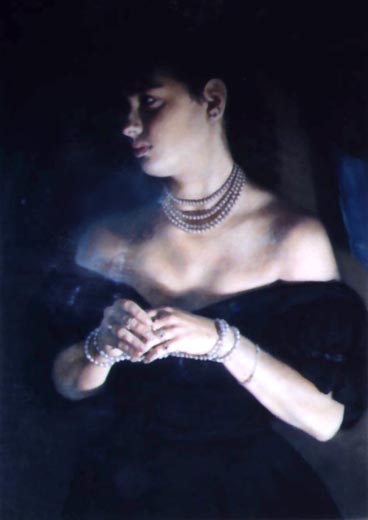The workshops in Juliette Aristides' atelier went well. We covered bolus earth grounds of the 17th century, different imprimaturas, under-painting strategies, use of a dual temperature palette for that, different palettes/paints of the time and their contemporary equivalents, all of which form the “indirect” painting methods of Arthur DeCosta (I recommend people read the excellent book “Alla Prima” by the Chair of the Painting Department at PAFA and former DeCosta student, Al Gury. The use of the term “indirect” is misleading but Al’s book explains it well). Each student was given a document written by Mr. DeCosta which was beautifully updated and kindly sent to me by former DeCosta student Professor Patrick Connors of Philadelphia.
We took up the discussion of works of the painters of the Italian late baroque and early rococo, about whom my mentor Nelson Shanks was an expert. (He owned many masterworks of the period and frequently allowed me to assist his full time restoration staff.) Then we went over, at length, fine points about paint handling. Layering up an opaque light-mass on a bolus earth ground (as in Nelson Shank’s school’s “duo-tone” exercises) and the two things most neglected, when I was there, by the ateliers; a knowing use of opacity vs. transparency on various imprimaturas and very direct painting right from the initial block-in. (They we’re still transferring a drawing to a white surface and doing something called a wipe out).
Each day consisted of a slide-lecture, painting demonstration, sometimes small study-copies of masterworks, another painting demonstration from life and the full atelier working from life.
The final days were devoted to more of the painting ideas of the period so beloved by all the original impressionists, the 18th century. The use of a warm gray imprimatura, examples of major elements of British portrait painting and the direct approach and classic palette, with premixed tints, of Gilbert Stuart, so often presented by Mr DeCosta, were central to those lecture-lab days.
It was a lot of fun to have been invited by Juliette to teach her and her atelier these lessons.
All 20 of the atelier students at work.
Elizabeth Zanzinger at work
Heartfelt thanks to Juliette and all her dedicated students.
This (above) is Juliette’s painting done in my course. It was her first use of the ground/imprimatura and palette (transparent earth oxides, pure lead white, etc.), velaturas and other techniques essential to the approach and research of Mr. DeCosta.
The plan is to incorporate the lessons into the permanent foundation curriculum as sections on master copying, lessons on “transparency vs. opacity” in painting and in other much needed ways.
Note: The image below is the painting which Juliette was working on when I met her by visiting her studio a couple months before I became her teacher. On that visit she showed me the drawing for this painting, she had just finished it (an elaborate contour-only drawing of the model) and was telling me about how she and all her students took these drawings down the street to a kinkos/fed ex shop where they could be copied on the machine used for large architectural renderings. She said they could be enlarged to fit the exact dimensions of a canvas. It would then be transferred to a white canvas and the usual atelier methods would follow (drawing “inked”, surface covered in brown paint, a wipe out method followed by painting with the “Reilly Palette”).
Juliette had to rush off while I was still there teaching her program to teach a workshop in San Francisco in 36 hours, about which an article was to be published. Here is an image from the article in American Artist Magazine with everyone working on the same imprimaturas, with the same colors in the same ways.A link to the whole article:
From left: Bust of Arthur DeCosta by J. Clayton Brown and “William Rush and the Nymph of the Schuykill” by Arthur DeCosta.
“Forget not beauty, lest she finds you sleeping and leaves you as she found you.” -Arthur DeCosta



